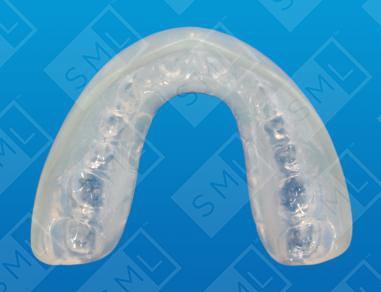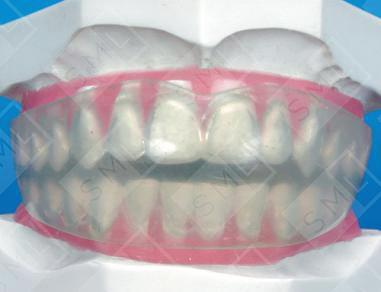 You’ve been waiting months, maybe years for that sweet, sweet day when your braces come off. Finally, you can eat popcorn again and floss your teeth in
You’ve been waiting months, maybe years for that sweet, sweet day when your braces come off. Finally, you can eat popcorn again and floss your teeth in under 20 minutes. Oh, and you’ll enjoy that pretty, straight smile in the mirror. As nice as it is to be free of clunky, uncomfortable braces, your journey toward a perfectly straight smile isn’t finished quite yet.
under 20 minutes. Oh, and you’ll enjoy that pretty, straight smile in the mirror. As nice as it is to be free of clunky, uncomfortable braces, your journey toward a perfectly straight smile isn’t finished quite yet.
Most likely, your orthodontist will transition you to a retainer or a device called a positioner. Think of the positioner as the closer in the final innings of a baseball game. The job of this custom-made device is to bring home the win -- to make the final small adjustments to complete the straightening process. That accomplished, the positioner then helps keep your teeth in place so they don’t move back out of alignment again.
Depending on how your teeth are coming along, your orthodontist may tell you to wear your positioner throughout the day -- only taking it out to eat -- or to only wear it to bed. Follow your orthodontist’s instructions carefully, so that all those years in braces won’t be in vain!
